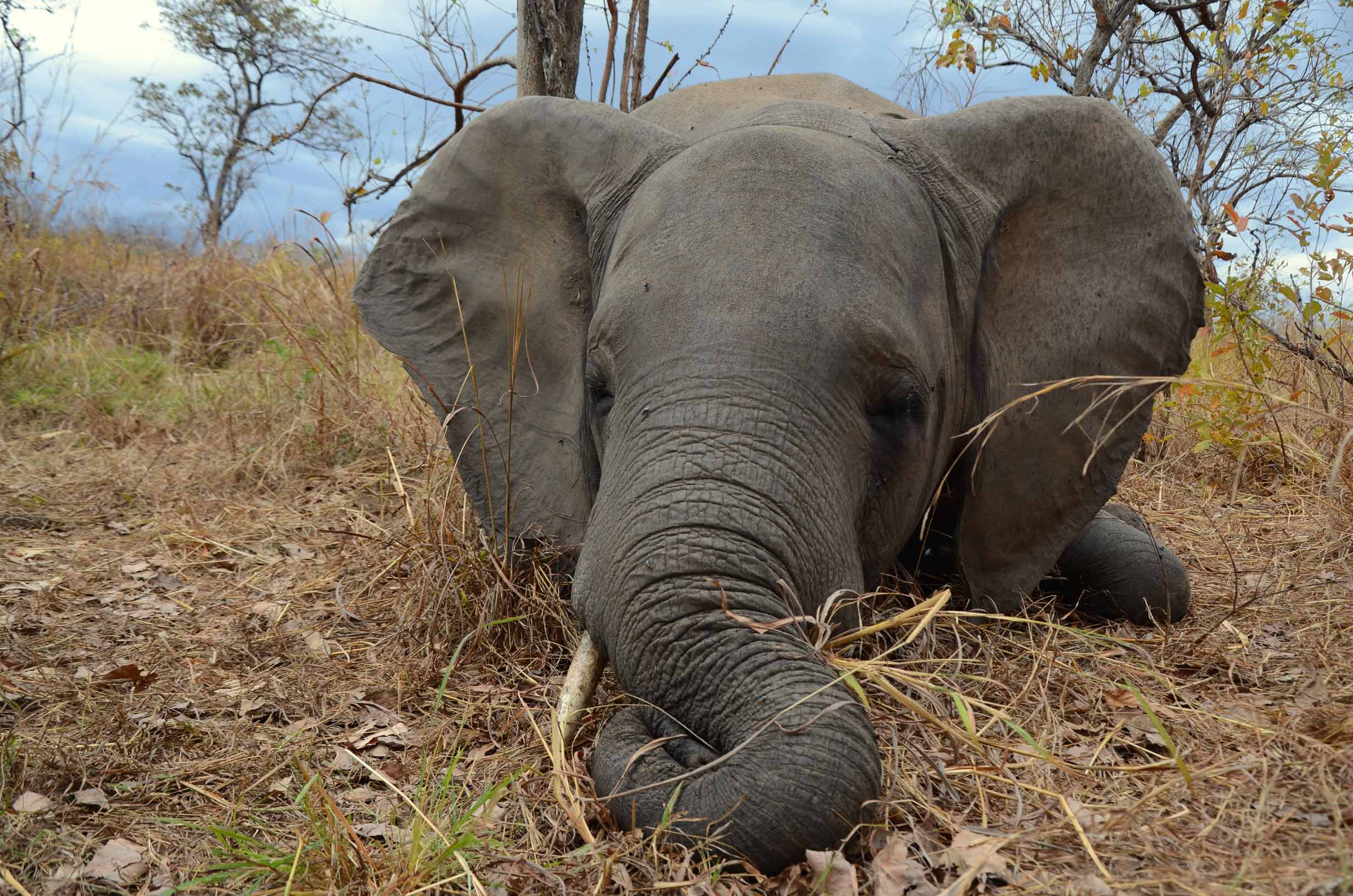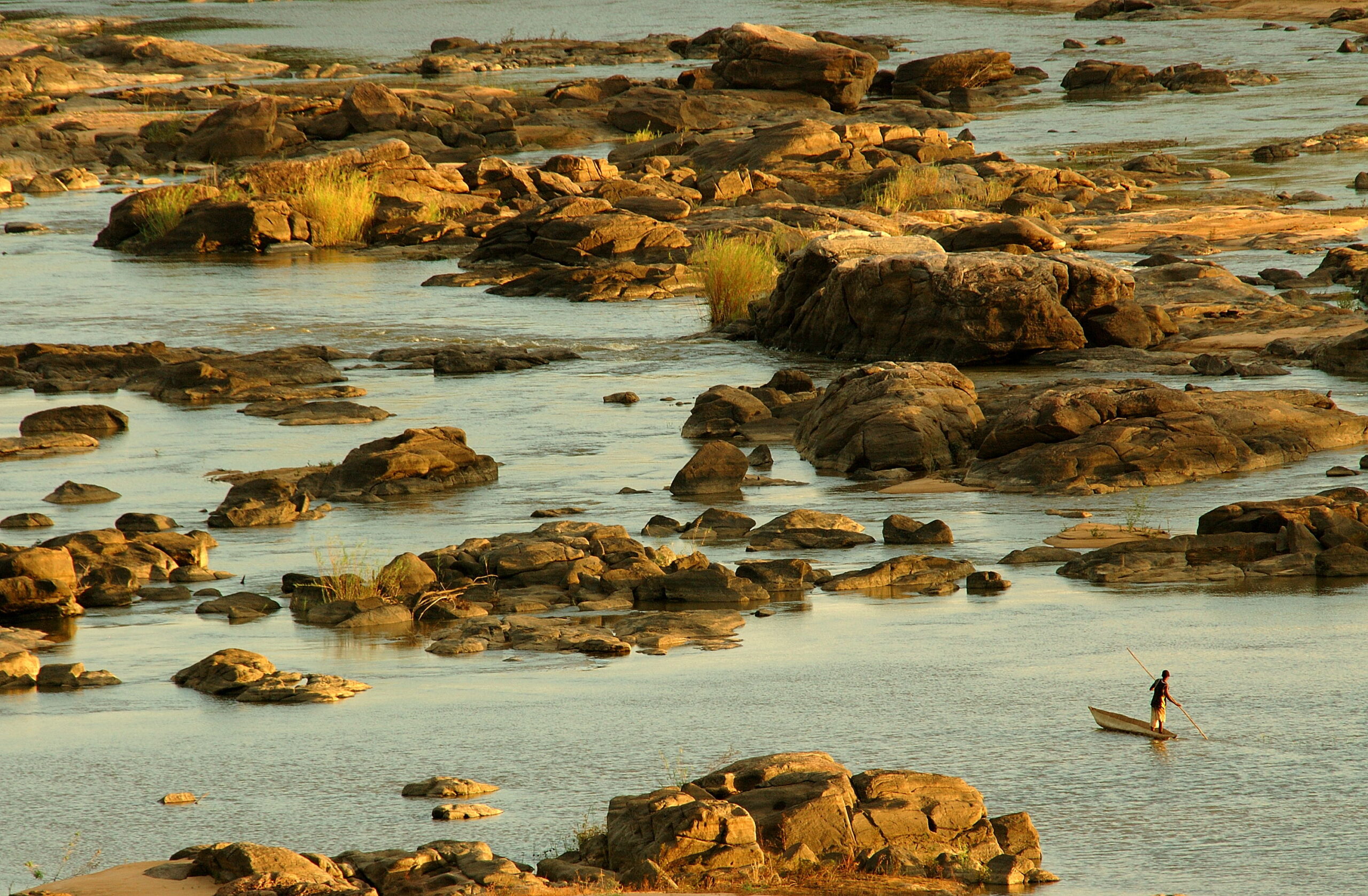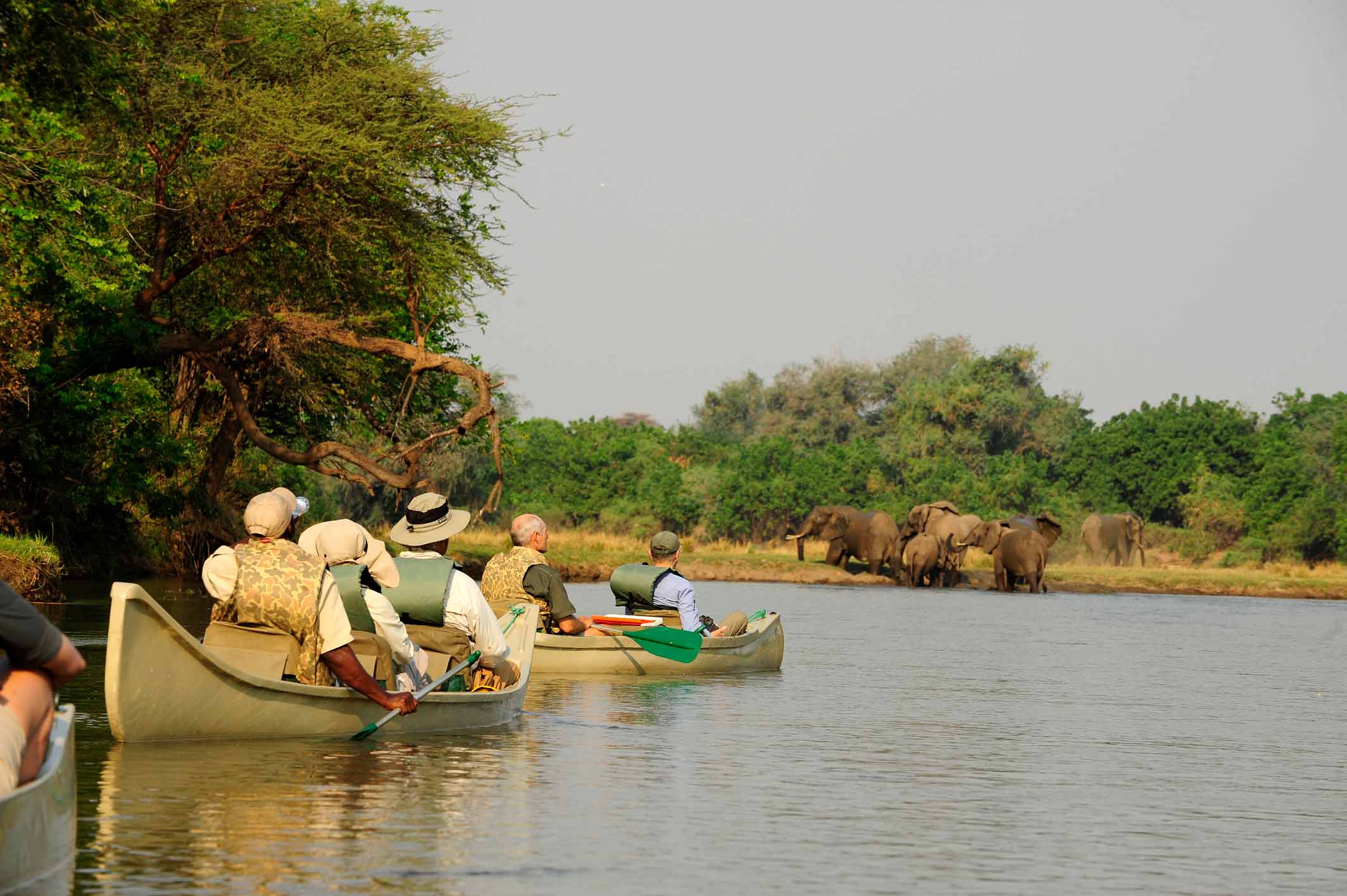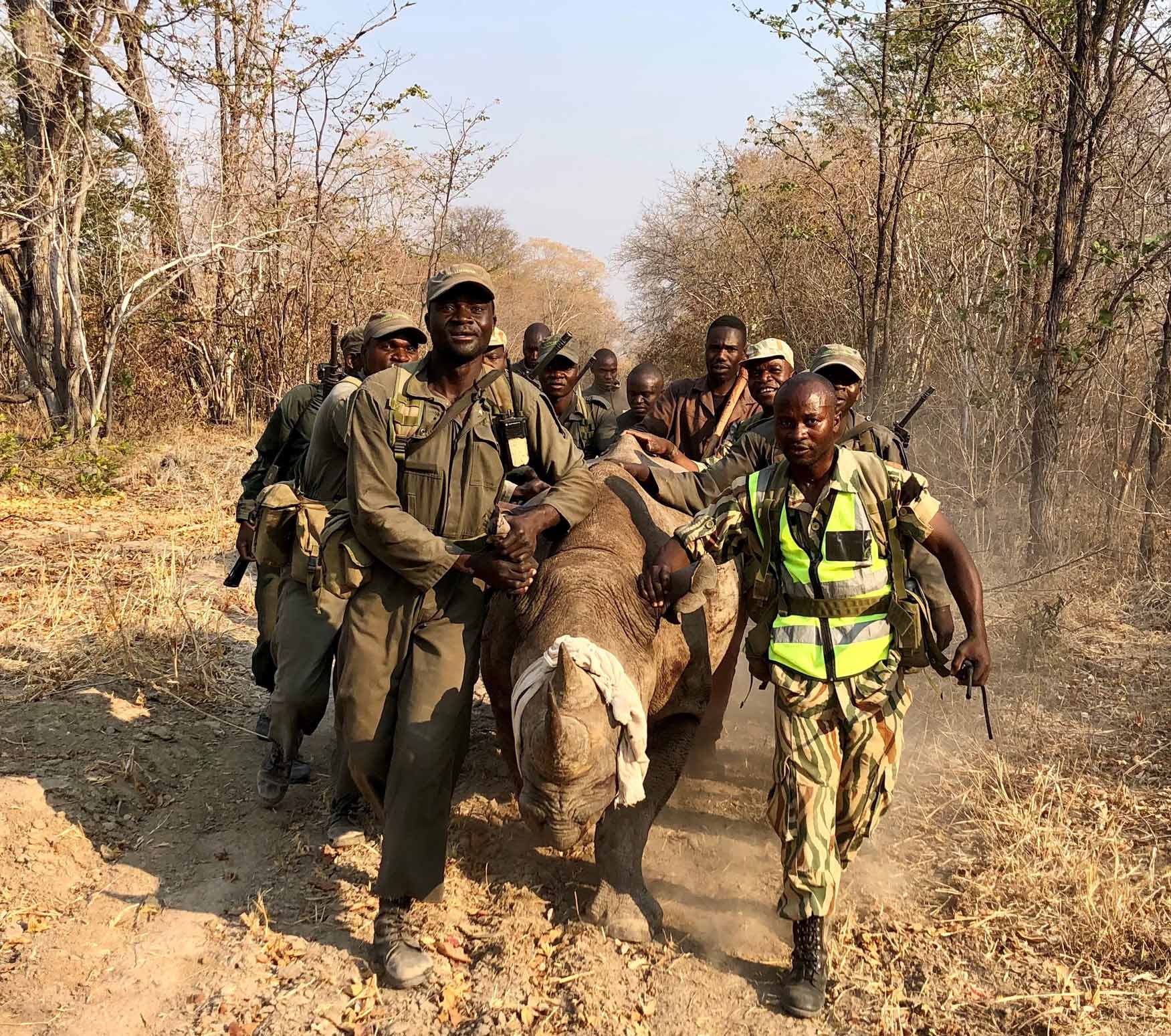Niassa National Reserve (NNR) supports Mozambique’s largest populations of endangered fauna and sustains the livelihoods of > 40,000 people who utilise its natural resources. Accurately monitoring finescale spatial and temporal trends in land-use and tree-cover is increasingly used for monitoring the ecological state of conservation areas. Here we provide essential information on land-use changes in NNR to support ongoing conservation efforts in the region.
We examined patterns of forest and woodland loss in NNR between 2001 and 2014 using high resolution maps of global tree-cover change, and compared this with changes in the wider region.
Download the full publication below.





